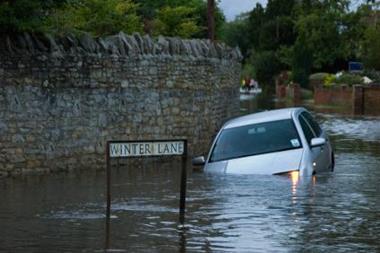Government must provide answers on who should provide liability of any legacy contamination says broker
Aon is calling for clarity over who should be held liable for clean up costs and other harm to people and property arising from possible contamination on brownfield sites.
As many as two-thirds of the three million new affordable homes pledged by Prime Minister are likely to be built on former industrial land, including former landfill sites.
But at present, there is no clarity around who would be held liable for the consequences of contamination created by previous owners and past use of the land.
Bob Martin, a director of Aon’s Environmental Consulting and Solutions unit, is concerned that the government has provided no answers as to who will and should carry the liability for the consequences of any legacy contamination issues that could arise from these sites in the future.
“Recent case law should raise significant concerns for former owners, potential developers as well as future owners and tenants of properties built on brownfield sites. The possibility has been raised that even the current owners or tenants could be liable to meet clean up costs or other liabilities for contamination caused by former owners or redevelopers.
“This concern is particularly relevant given the current flooding. Because a lot of our industries grew up by rivers and canals, so many of the brownfield sites the government intends building on will be on flood plains, and water is a ready medium through which historic contamination can become mobilised.
“All that is clear about this issue at the moment is that there is no clarity. Is it time for the government to impose a mandatory requirement on past or present owners and/or redevelopers to have adequate financial security or environmental insurance in place for a suitably long period."
Martin explained that a mandatory financial security requirement was dropped from the final version of the EU’s Environmental Liability Directive, but this does not mean it could not be enacted into UK law to protect eventual owners or tenants of brownfield site developments.
He believes that there is now a strong case to introduce a statutory environmental insurance requirement on either the developer and/or the past or present owners.
Hosted by comedian and actor Tom Allen, 34 Gold, 23 Silver and 22 Bronze awards were handed out across an amazing 34 categories recognising brilliance and innovation right across the breadth of UK general insurance.












































